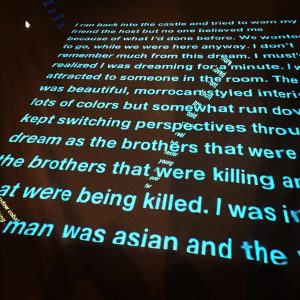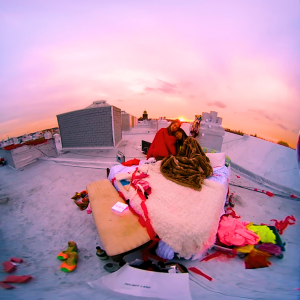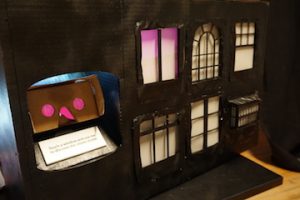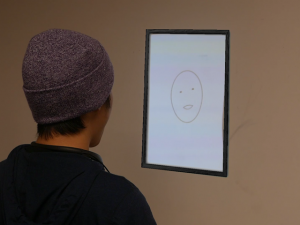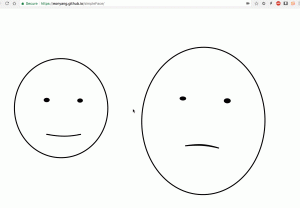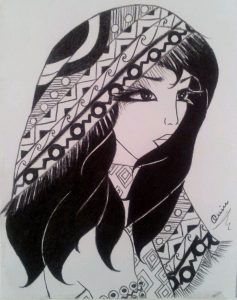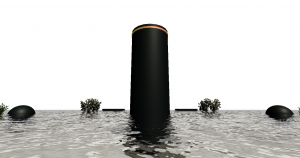Paula Leonvendagar
A 3D projection of poetry generated from decontextualized dreams.
http://www.paulaleonvendagar.com/2017/12/11/even-dreams-think_-winter-show-2017/
Description
My current research is about Dreams from different perspectives. “Even Dreams Think” is 3D projection of animated poetry created with dreams that the users can share with the program, creating a Dream´s Collection. The text that is display is created by a program that decontextualize the written dreams that users share and change their order and sintaxis. Changing their meaning, but maintaining an atmosphere of what was originally written. These texts are display, through projection, in a wall, in a 3D program where the words are animated. They come and go, appears and disappears in space.
Classes
Programming from A to Z

